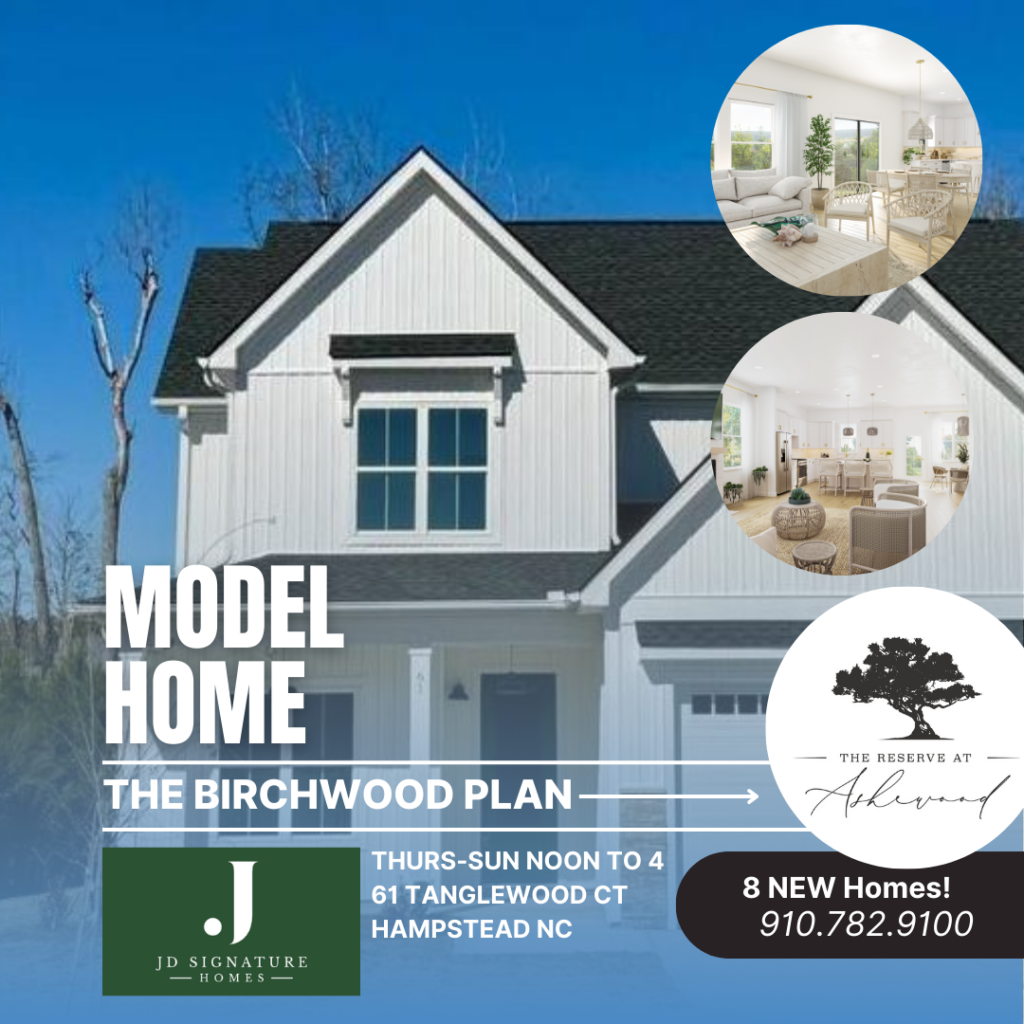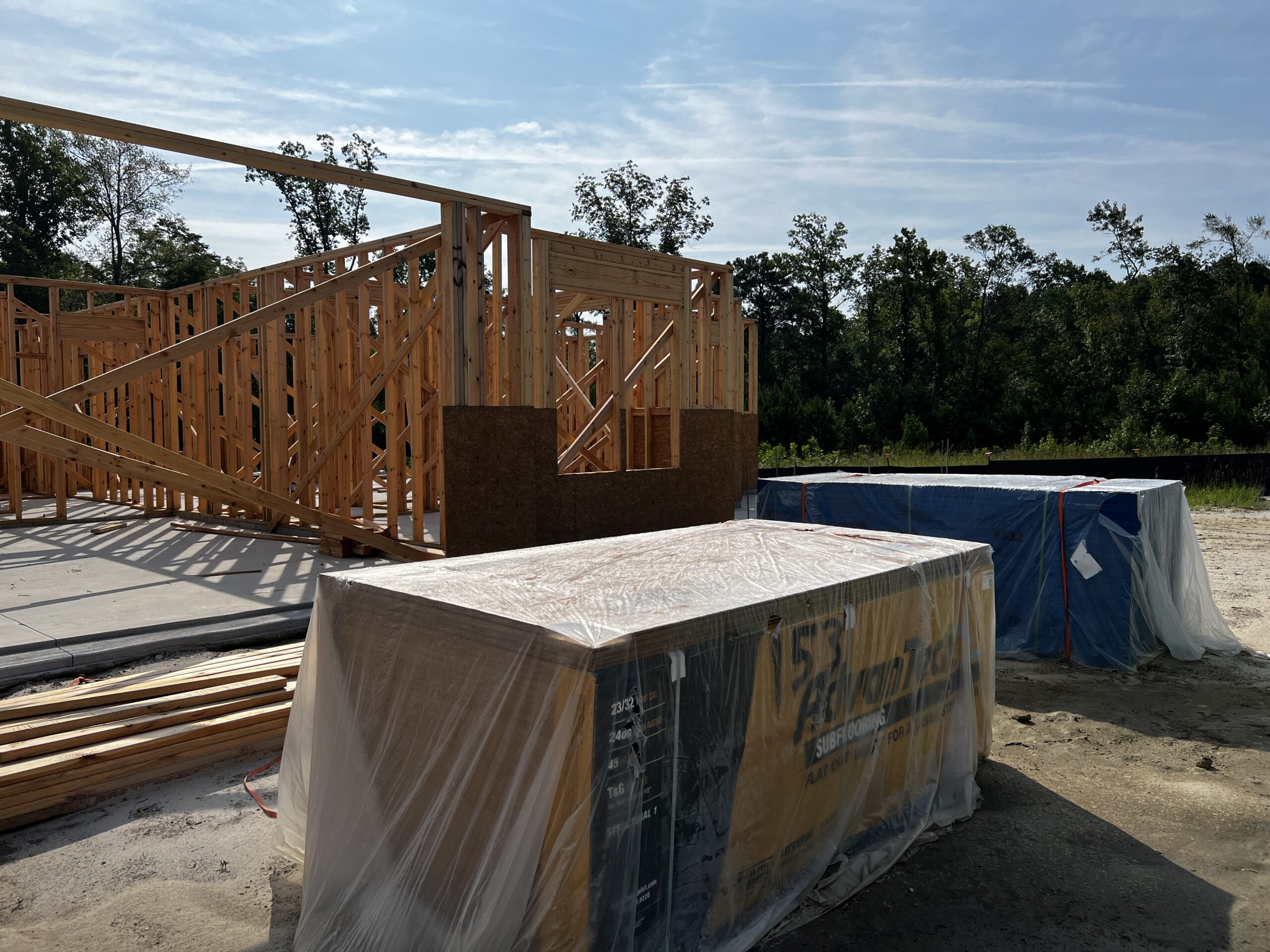The process of developing a new home community is an intricate dance that combines creativity, strategic planning, and a profound understanding of the market.
It involves not just the construction of houses, but the creation of a vibrant community where families can thrive, connect, and build memories. There are essential steps home builders and developers take to bring a new home community to life, from initial planning to final touches.
1. Research and Market Analysis
Before breaking ground, developers must conduct thorough research to understand the local market. This involves analyzing demographic trends, assessing housing demand, and identifying potential competition. Key questions include:
- Who is the target demographic? Understanding the needs and preferences of potential buyers—be it families, retirees, or young professionals—is crucial.
- What are the local amenities? Access to schools, parks, shopping centers, and transportation can significantly influence the attractiveness of a community.
- What is the price range? Establishing competitive pricing that reflects the market while also ensuring profitability is essential for attracting buyers.
By gathering and analyzing this data, developers can make informed decisions about the type of homes to build, the features to include, and the pricing strategies to implement.
2. Finding the Right Location
Location is a cornerstone of successful home community development. Developers look for land that is not only suitable for construction but also strategically positioned to attract buyers. Factors to consider include:
- Proximity to urban centers: Being close to job markets, entertainment, and social hubs can make a community more appealing.
- Natural features: Scenic views, nearby lakes, or parks can enhance the desirability of a community.
- Infrastructure: Access to major roads and public transportation is vital for convenience and accessibility.
Once a suitable location is identified, developers often engage in negotiations to acquire the land, ensuring all legal and financial aspects are handled smoothly.
3. Zoning and Permitting
With land secured, developers must navigate the complex world of zoning laws and building permits. This phase involves:
- Zoning applications: Ensuring the land is zoned for residential use, which may require rezoning applications if the existing zoning is not suitable.
- Environmental assessments: Conducting studies to evaluate the impact of the development on the local ecosystem and ensuring compliance with environmental regulations.
- Community input: Engaging with local residents and stakeholders to gather feedback and address any concerns can foster goodwill and support for the project.
Obtaining the necessary permits can be a lengthy process, but it is critical for moving forward legally and ethically.
4. Designing the Community
Once zoning and permits are in place, developers collaborate with architects and planners to design the community. Key considerations include:
- Home styles and layouts: Offering a variety of home designs and sizes can appeal to a broader demographic, accommodating different family sizes and preferences.
- Community layout: Thoughtful planning of streets, parks, and communal spaces fosters a sense of community and encourages social interaction.
- Sustainability: Incorporating green building practices and sustainable landscaping can not only reduce the environmental impact but also appeal to eco-conscious buyers.
5. Construction Phase
With plans in place, construction can begin. This phase requires meticulous coordination among various contractors and tradespeople. Developers oversee the process to ensure:
- Quality control: Regular inspections and adherence to building codes guarantee the homes are built to high standards.
- Timeline management: Keeping the project on schedule helps manage costs and meet market demand.
- Communication: Regular updates to stakeholders, including buyers and investors, maintain transparency and build trust.
6. Marketing and Sales Strategy
As the construction phase progresses, developers must start thinking about marketing the new community. Effective strategies include:
- Branding: Creating a compelling brand identity that reflects the community’s vision can attract potential buyers.
- Online presence: A strong website and active social media presence help showcase the community and engage prospective buyers.
- Open houses and community events: Hosting events can give potential buyers a taste of the lifestyle and community spirit, fostering connections even before they purchase a home.

7. Community Engagement
Once homes begin to sell, developers should focus on building a strong sense of community among residents. This can involve:
- Organizing events: Community gatherings, workshops, and social events can help residents connect and create lasting relationships.
- Feedback loops: Establishing channels for residents to share their thoughts and suggestions can improve community satisfaction and foster a sense of ownership.
- Supporting local businesses: Partnering with local businesses for services and amenities can enhance the community’s appeal and provide residents with a richer living experience.
8. Post-Construction Support
After the initial sale, developers remain involved in the community to ensure it flourishes. This includes:
- Addressing concerns: Promptly addressing maintenance issues and resident concerns helps maintain satisfaction and community reputation.
- Ongoing development: Continuously evaluating the community’s growth and planning for future phases or enhancements keeps the community vibrant and relevant.
Starting a new home community is a multifaceted endeavor that requires a blend of vision, strategy, and community spirit. From the initial research and planning stages to the ongoing support post-construction, developers play a crucial role in shaping the future of neighborhoods. By prioritizing the needs of residents and fostering a sense of belonging, developers not only build houses but create homes where families can thrive for generations to come. In this ever-evolving landscape, those who navigate the complexities with care and foresight will ultimately define the communities of tomorrow.
